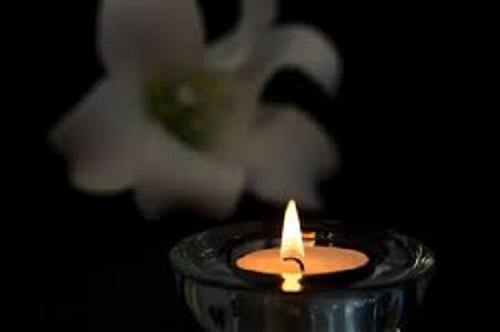The lehenga choli is one of the most popular and admired Indian bridal outfits. With its extreme adaptability and opulent draperies, the magnificent trio works marvels. It’s extremely versatile, as a traditional lehenga choli set includes a flared skirt, an upper-waist blouse, and a dupatta. With the rise of impeccable craftsmanship and inventive designers in India, traditional lehenga-cholis now come in a variety of forms and styles. As a result, the Indian market is flooded with dozens of different cuts and color combinations. Having a basic lehenga and embellishing it with your own ingenuity is exciting in and of itself. Adding your own unique touch can result in an unusual mix. So, to assist you, we’ve compiled a list of tips and methods that will help you take your lehenga to the next level. Visit MRJ Collection then brands then Alkaram PK to buy.
ADD AN EXTRA DUPATTA IN STEP 1
A dupatta isn’t just a long scarf; it’s a whole lot more. It has a unique way of adorning simple clothing. While there are many ways to wrap a dupatta, you can make it twice as much fun by adding another to the mix. Here are a few tips on how to dress two dupattas like a pro:
Take, for example, two contrasting dupattas, one in net fabric and the other in velvet. Wrap one around the body and the other around the head for a sophisticated look.
Choose a contrasting color for one of the dupattas to make a statement. The end result should be fascinating rather than overdone.
Choose traditional prints like bandhani and ajrakh for any of the two for a lovely unconventional combination.
2. USE STATEMENT TRIMS TO DECORATE IT
In fashion, there are two sorts of trims: (a) functional trims and (b) decorative trims. Using beautiful trims to enhance your modest lehenga is the most cost-effective method to do so. The main objective of decorative trims is to bring attention to the garment’s usefulness. The following are the most regularly used trims:
Tassels dangling from a cord: Tassels are loosely-fitted threads or ornamented spherules. When worn with a lehenga waistband or blouse, they add a touch of elegance to the ensemble.
Laces are priced differently depending on the design and quality. Laces composed of golden-beaded cut-work and sequins materials can add a glamorous touch to the lehenga.
Motifs are employed in the appliqué work process, where they are sewed on fabric with fine needlework. Patchwork can be used to elevate an unadorned lehenga by sewing elaborate designs on the blouse hem or lehenga skirt.
3. A ONE-OF-A-KIND SET OF JEWELRY FOR YOUR ONE-OF-A-KIND SELF
You are beautiful because of who you are. The jewelry is only the cherry on top.
Jewelry is a must-have for each wedding. It’s the easiest way to beautifully exalt the lehenga, but that doesn’t mean it’s without difficulty. Before you set your heart on a piece of jewelry, there are a few characteristics to consider.
Neckline: The shape and length of jewelry you choose is mostly determined by the neckline or neck type of the garment. If the blouse has a high neck, you should wear a long layered necklace with dainty studs, whereas a plunge and V-neck should be paired with short and princess-cut jewelry.
The Lehenga’s Color: There are numerous ways to select a pair of jewelry based on color. You can go monochrome or play a contrasting game. In any case, the final product should appear to be part of a single ensemble.
Dupatta: When hand-picking jewelry, dupattas are frequently overlooked, which is not the best method. Factors such as the dupatta’s color and how it will be draped should be addressed during the selection process.
4. PUT IT AWAY
Layering is unquestionably a skill. It’s a technique for emphasizing a garment by incorporating another piece of clothing into the composition in such a way that the end product looks as though each separate piece complements the others and communicates oneness. Here are some guidelines to follow in order to achieve your desired result:
Take your design and use it as a scale to disperse the visible weight. The final conclusion should not be excessive or boring.
Color: The first thing people will notice about your garment is its color. Keep in mind not to overdo it by combining too many colors. Aside from that, don’t underplay it by using numerous subdued tones.
The proportions of the garment are largely dictated by the designs and shapes. It’s best to avoid mixing loose and dramatic shapes. Furthermore, putting together incredibly basic silhouettes will not do the bridal attire justice.
